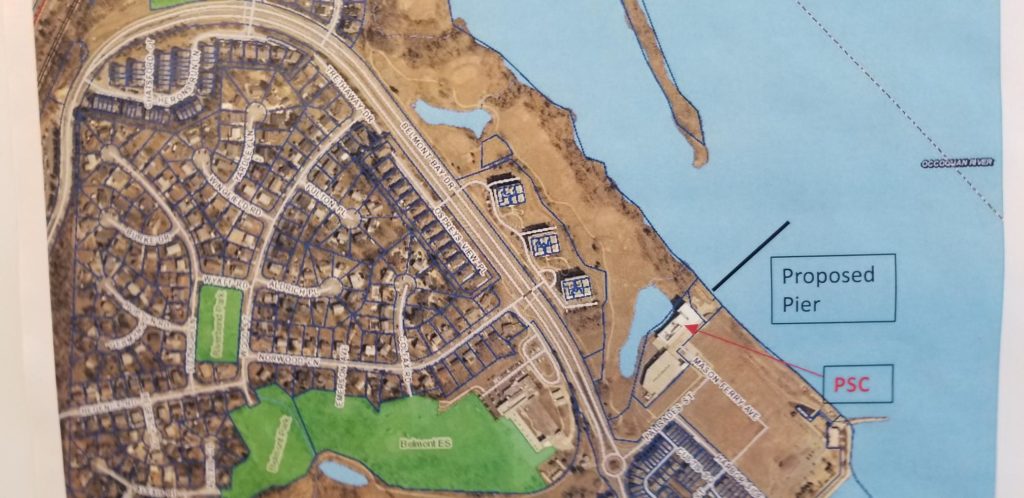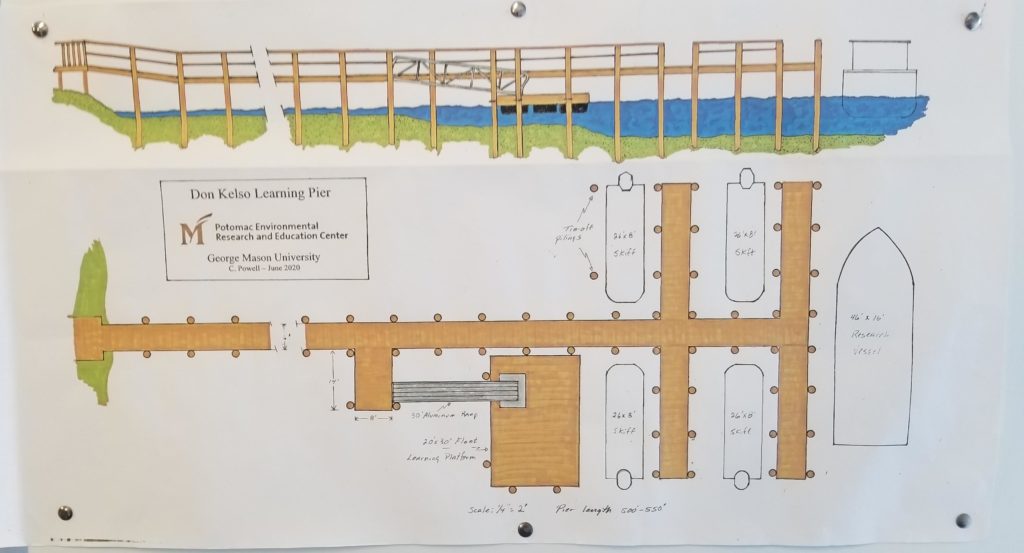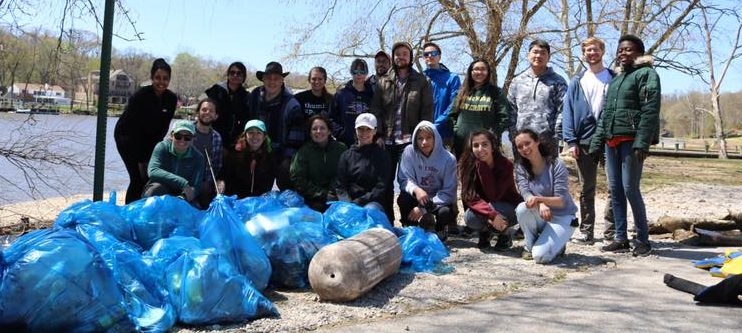The Mr. Rodgers of Ecology is what a colleague suggested that Dr. Don Kelso be called due to his engaging, easy-going nature and passion for connecting students to aquatic ecosystems. We are thrilled that Dr. Kelso was honored at the naming ceremony during the Don Kelso Learning Pier kick off event. This pier will allow students and researchers direct access to the Occoquan river from Potomac Science Center, which Dr. Kelso, along with Dr. Chris Jones, worked tirelessly for two decades to start. Dr. Kelso was the first freshwater ecologist in the College of Science and this pier is just one way that his passion for science communication, outreach, and education can be achieved.
Learn more about Dr. Kelso at the following links:
https://issuu.com/masonspiritmagazine/docs/mason_spirit_fall_2021/s/14331586
https://www.youtube.com/watch?v=G0t34tX1Dhw
and Learn more about the pier here: https://giving.gmu.edu/giving/science/don-kelso-pier-potomac-science-center/











